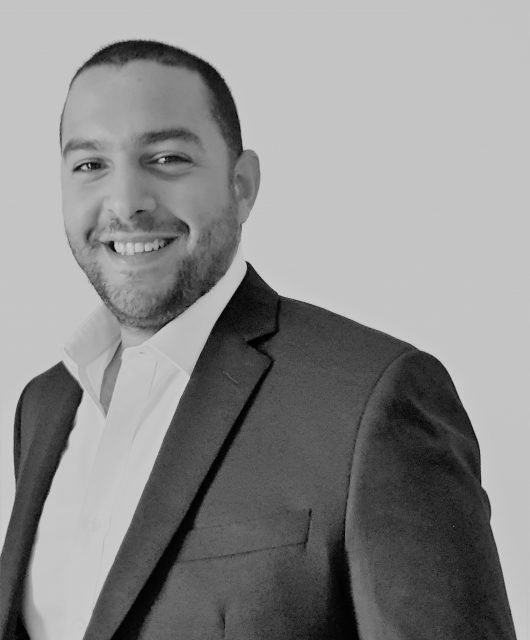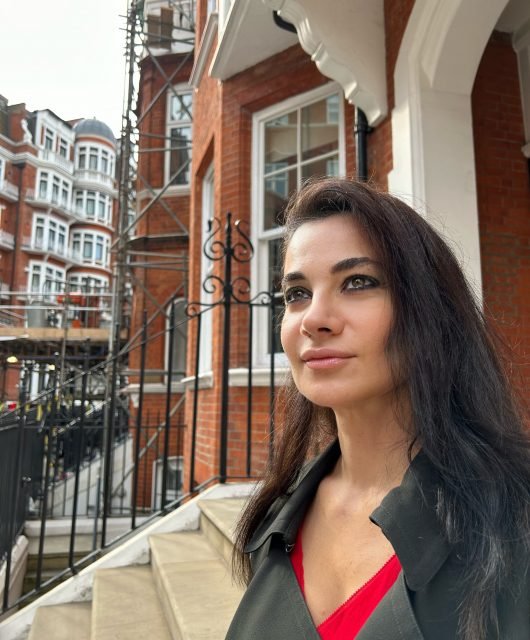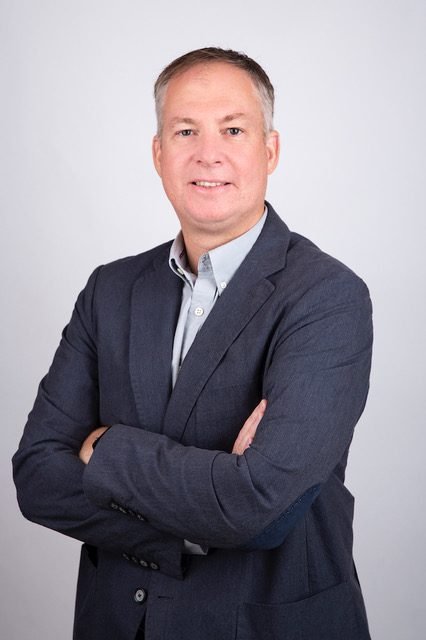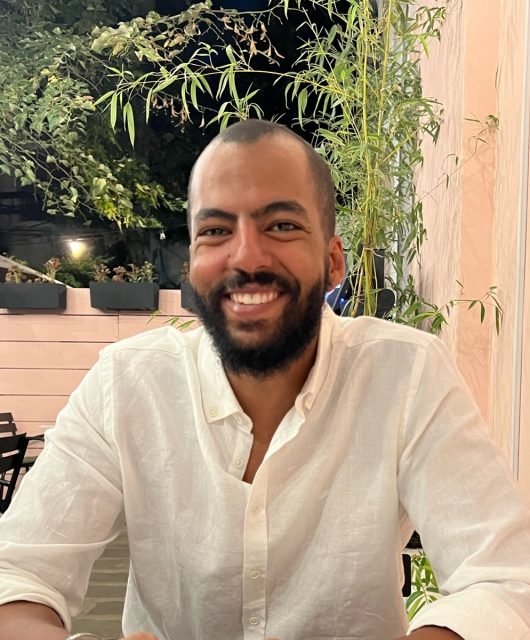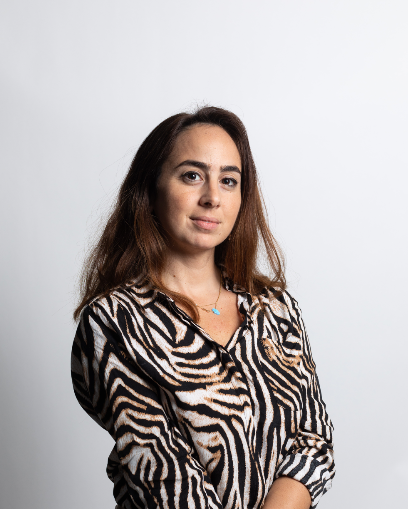In Times Of Global Pandemic, Are Influencers Transitioning Into The Role Of A Broadcaster?
Last Thursday, April 9th, social media heavyweight, Noha Nabil, announced on Snapchat that she was going live with Rahma Riad, a rising pop singer from Iraq. Rahma’s hits are viewed more than 140 million times on YouTube. In less than 24 hours, the mega influencer with more than 8 million followers on Instagram, hosted Rahma in a live broadcast that lasted for 1.5 hour.
The live broadcast was interrupted a couple of times due to bad connection. Nevertheless, the session was quite entertaining with around 10,000 viewers tuned in, eager to have their questions answered by the beautiful singer. The broadcast was in many ways similar to any celebrity interview format on any TV station where a presenter hosts a famous performer. The only difference here is that it was live on social media. A testimony to a changing media landscape as a result of lockdown in MENA and the rest of the world.
Noha Nabil is no stranger to hosting; she started her career as a TV host of children shows on Kuwait TV and presented a talent show that enjoyed a pan-Arab reach and appeal.
The Kuwaiti-Jordanian duo, Dr. Kholoud and her husband Amin also went live on Instagram last Thursday. Their guest? Mohammed Assaf; the Arab Idol winner who broke records last summer with his Iraqi music hit that received 128 million views on YouTube. Amin and Dr. Kholoud both have an army of more than 10 million followers on Instagram across the Arab world.
No doubt, quarantine life has changed the dynamics of influencer marketing. Beauty, fashion, travel and lifestyle influencers find themselves unable to share with the world their glitzy hotel rooms, fancy dining experiences or first row seats at Paris fashion week.
With more time to kill online and brand sponsors wearing thin, influencers in the Gulf region, and elsewhere, are left to their own devices.
‘Traditional’ influencer marketing tactics such as giveaways and contests are no longer as entertaining. Pre Covid-19, some top-tier Gulf-based fashionistas would do multiple restaurant adverts in a week, promoting exclusive promo codes for their followers. In times of social distancing, these very fashionistas have, overnight, turned into chefs, personal trainers and makeup artists. One such influencer filmed a how-to video on facial hair removal in the absence of beauty salons!
While influencers are trying to produce entertaining ‘everyday’ content to remain relevant, other media savvy ones are transforming into a broadcast channel capitalising on spikes in social media traffic and thirst for more content caused by the coronavirus pandemic.
With traditional media occupied with news and analysis about the fight against the global pandemic, more viewers than any time before are turning to social media for entertainment.
Free from TV’s long production cycles and high costs, influencers have the ability to plan, produce and go live almost instantly. Within hours they can launch a show that has all the ingredients to make it entertaining and interactive.
With limited brand tie-ups and advertising opportunities, creative influencers can still leverage the bond they have with their followers and produce innovative formats where content is co-created between influencers and celebrities, with influencers in the driving seat and where production costs almost non-existing.
Influencers that do it right, are bound to see their follower base, and influence increasing. As such, not only brands will be after their reach, pop culture celebrities such as singers, actors and actresses will too.
With Ramadan around the corner and further increase in social media consumption is anticipated, this trend is likely to evolve. When influencers are leading the way in content creation more than any time before, it is interesting to see how brands and agencies are adapting their strategies to catch up.

